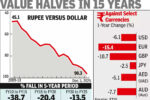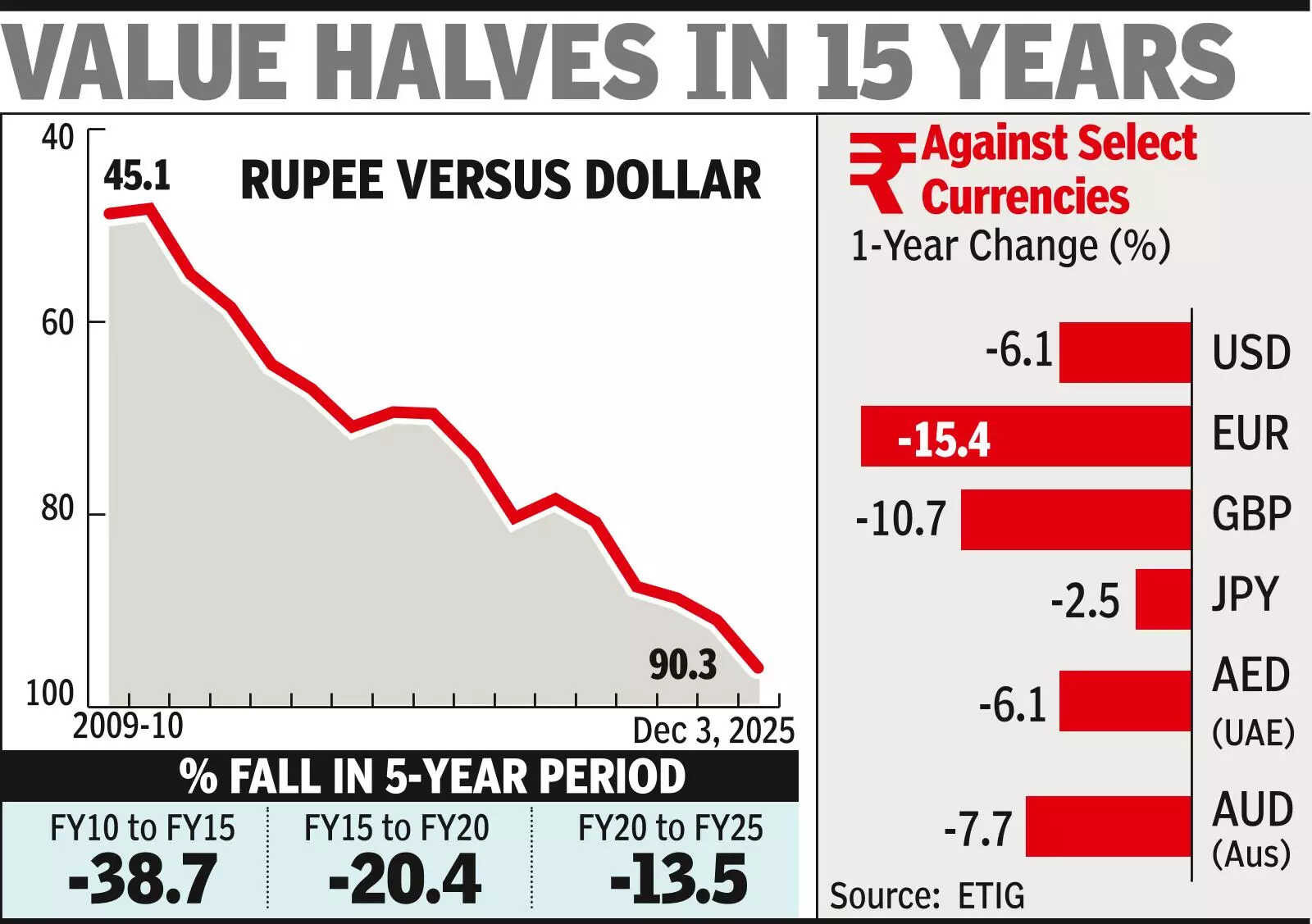When the Market Catches a Cold: What’s Behind Today’s Sensex Dip?
Okay, let’s talk markets. Today felt a little…off, didn’t it? The Sensex took a bit of a tumble, shedding 573 points, and frankly, it’s got a lot of investors feeling a little queasy. But before we all start pulling out our hair and frantically checking our portfolios, let’s try to unpack what’s going on.
Think of the stock market as a living, breathing organism. It has its good days, fueled by optimism and growth, and its less-than-stellar days, often brought on by a combination of factors that can sometimes feel a little opaque. Today seems to be one of those days where the market felt a little under the weather.
The headline grabbing culprit? Foreign fund outflows. These guys, officially known as Foreign Portfolio Investors (FPIs), are major players in the Indian market. They bring in significant capital, and when they decide to pull back, it’s like a large whale suddenly changing direction in a small pond – the ripples are felt everywhere.
Now, why are they pulling out? Well, that’s the million-dollar question, isn’t it? The official line points to a resurgence of concerns about rising US bond yields. Think of bond yields as the interest rate you get on government bonds. When they rise in the US, it makes investing in US bonds more attractive for global investors. Suddenly, the allure of emerging markets like India, with their higher risk profile, diminishes somewhat. It’s like choosing between a guaranteed, slightly smaller piece of cake (US bonds) and a potentially much bigger, but also potentially burnt, piece (Indian stocks).
But I suspect there’s more to it than just US bond yields. There’s a general global unease swirling around. We’re seeing inflation stubbornly refusing to completely back down, whispers of potential further interest rate hikes from global central banks, and lingering geopolitical tensions that have everyone on edge. All these factors contribute to a sense of uncertainty, and investors tend to react to uncertainty by pulling back and consolidating. It’s a natural, almost instinctive, reaction.
And the domino effect? Well, when FPIs start selling, it puts downward pressure on stock prices. This can trigger further selling, as other investors – both domestic and international – start to worry about potential losses and decide to take profits or cut their losses altogether. It becomes a bit of a self-fulfilling prophecy.
The sectors that took the biggest hit today were, unsurprisingly, those heavily reliant on foreign investment and global sentiment: financials, IT, and even some auto stocks felt the pinch. The Nifty also mirrored the Sensex’s decline, reinforcing the overall negative sentiment.
However, it’s crucial to keep things in perspective. One day of market decline, even a significant one, doesn’t necessarily signal a major trend reversal. The Indian economy is still projected to grow at a healthy pace, and corporate earnings are generally holding up well. The long-term story for India remains compelling.
Think of it this way: the market is like a river, constantly flowing and changing course. There are rapids, waterfalls, and calm stretches. Today was a rapid. It’s important not to panic and jump out of the boat at the first sign of turbulence.
Instead, use this as an opportunity to re-evaluate your portfolio. Are your investments aligned with your long-term goals? Are you adequately diversified? Are you comfortable with the level of risk you’re taking?
Furthermore, periods like this can actually present buying opportunities. When the market dips, some fundamentally strong stocks become available at more attractive valuations. This isn’t a recommendation to rush out and buy everything you see, but it’s a reminder that savvy investors often see market corrections as chances to add to their holdings.
Ultimately, the key is to stay calm, stay informed, and stay focused on your long-term financial goals. The market will continue to fluctuate, that’s its very nature. It’s how you react to those fluctuations that will determine your success as an investor. So, take a deep breath, analyze the situation, and don’t let today’s dip throw you off course. We’ll see how things unfold in the coming days, but remember, investing is a marathon, not a sprint. And sometimes, even the best runners stumble a little along the way.
📬 Stay informed — follow us for more insightful updates!







